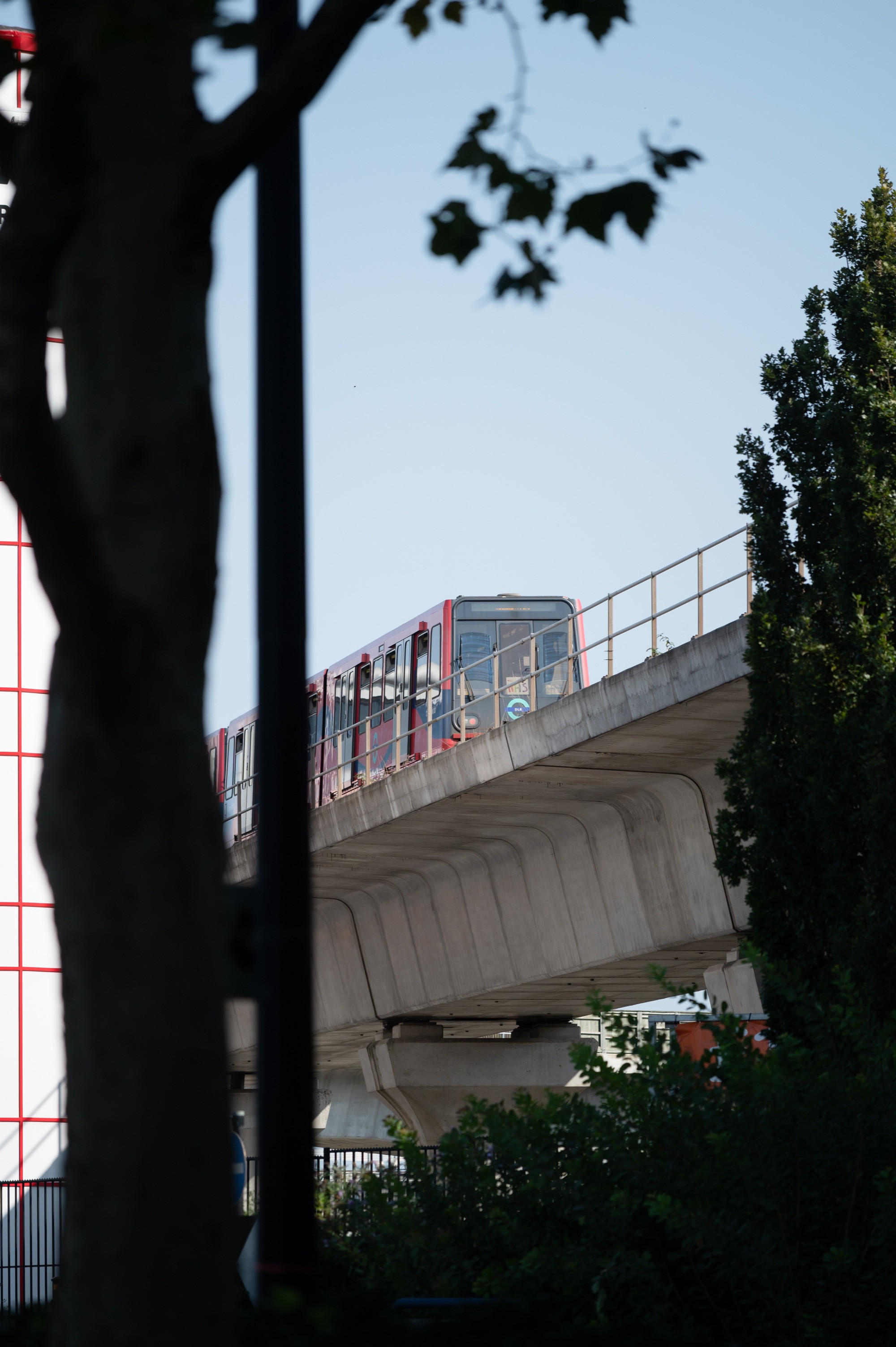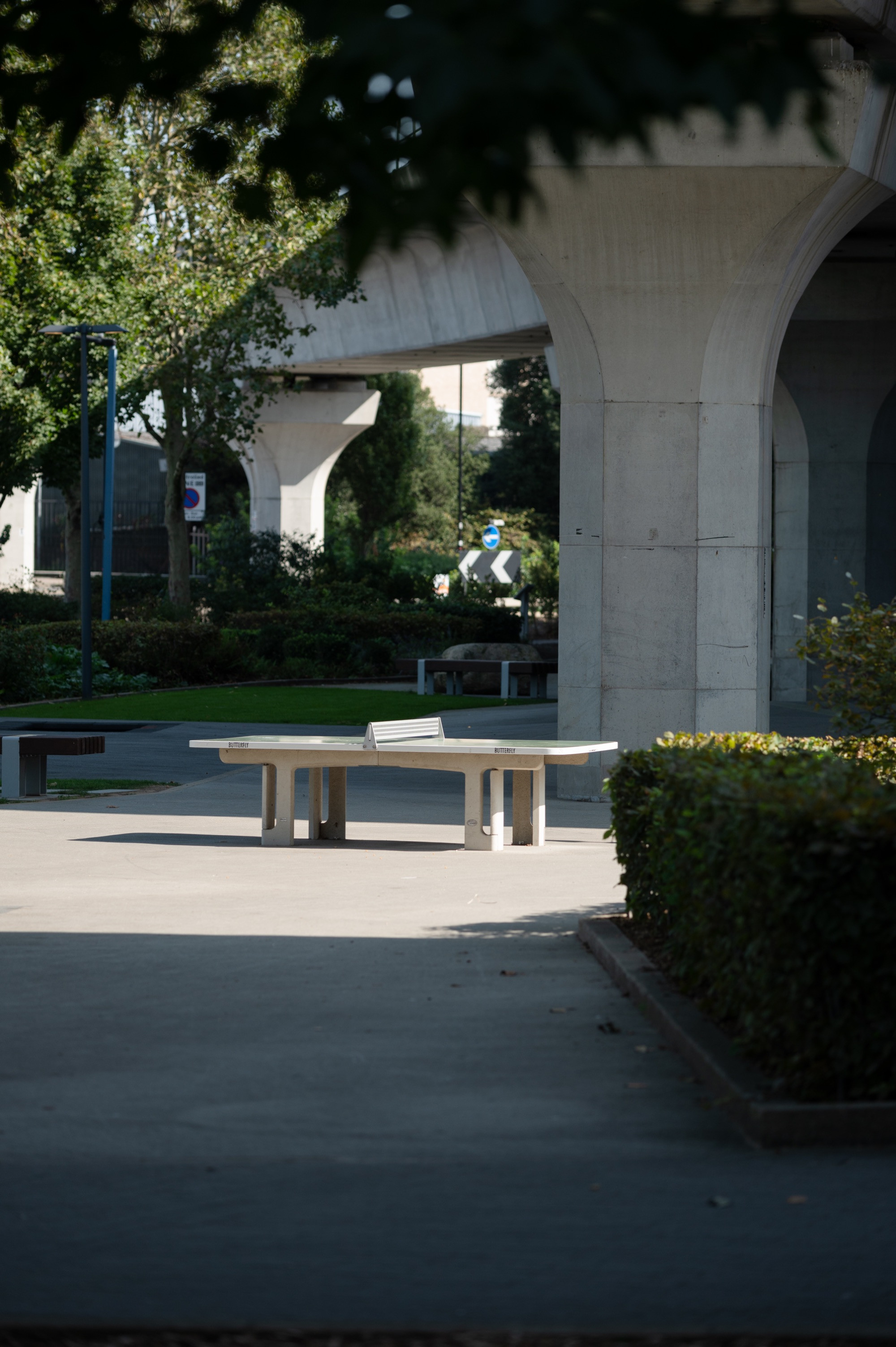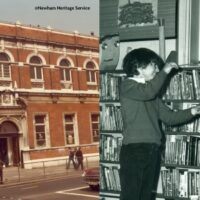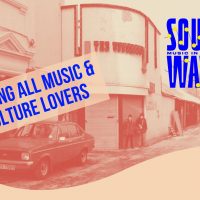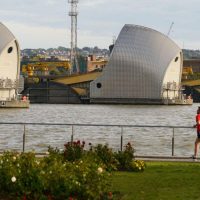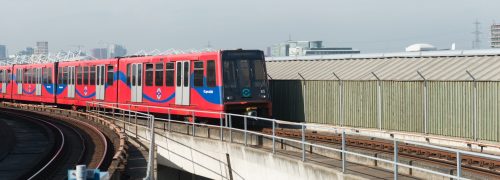
Heritage and history
How the Royal Docks’ 12 DLR stations got their names
We have an entire 11, soon to be 12, DLR stations in the Royal Docks. But what’s the story behind their names?
The Royal Docks is flush with great transport connections – we have trains, cycle paths, river ferries, a cable car and even aeroplanes. As local people have renamed the new address for City Hall, we're reminded just how much goes into choosing a name for a London landmark. We took a look at how our DLR stops were named and here's what we found – some of it may surprise you.
Gallions Reach
Our first stop is the easternmost end of the Royal Docks, a stop just a few minutes’ walk from wide views of the Thames heading out of London. Gallions Reach is the name of this stretch of river, named for the Galyons family, who in the 14th century owned property along here. Rudyard Kipling stayed there when he was setting off for India, mentioning it in his 1890 novel The Light that Failed: “Is it Tilbury and a tender, or Gallions and the docks?”
Cyprus
Next, travelling west, you’ll reach Cyprus. But how does a Mediterranean country end up sharing a name with part of London? As it happens, this area was named after the 1878 colonisation of the island by the British Empire. Cyprus has been an independent republic since 1960, but the word stuck. This was originally a settlement owned by the Port of London Authority to house workers at the Beckton gasworks and the Royal Docks, but very little remains of this Victorian community except the name.
Beckton Park
Not to be confused with plain old Beckton station, both the area and nearby Beckton Park were named after Simon Adams Beck, governor of the Gas Light and Coke Company when the work to build Beckton Gas Works began in 1868. This was once the world’s biggest gasworks, which also manufactured by-products creosote, fertilisers, inks and dyes.
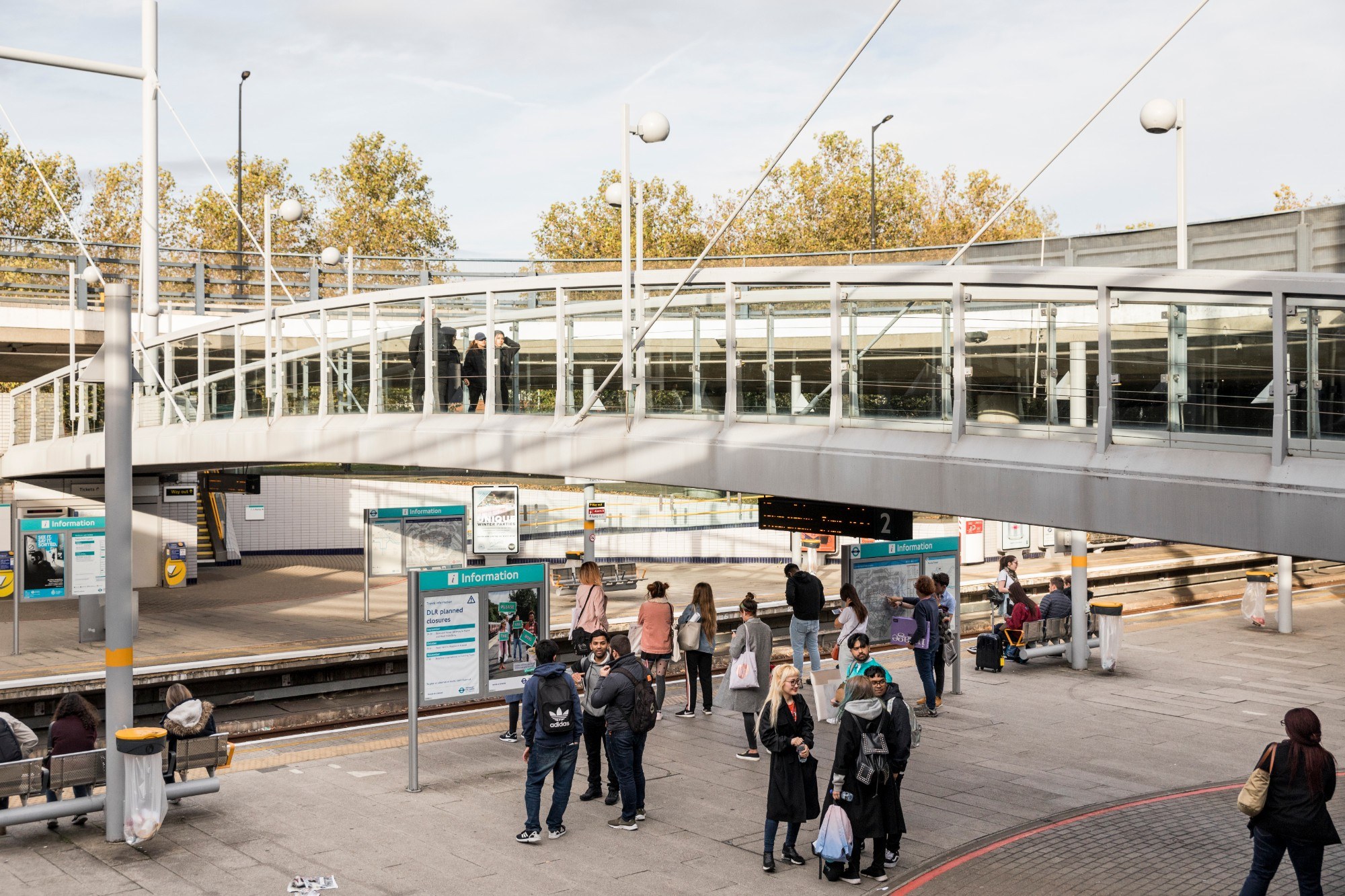
Beckton Park
Beckton Park was named after Simon Adams Beck, who was in charge of building Beckton Gas Works in 1868 – once the world’s biggest gasworks.
Royal Albert
Royal Albert Dock is the second of the three Royal Docks – Albert was Queen Victoria’s husband. History here comes thick and fast during the dock’s heyday for merchant shipping: the station could also have been named for the produce that flowed in, specialising in chilled meats, bananas and tobacco. Or inspiration could have been found at the Royal Albert Dock seamen’s hospital from 1890, or the London School of Tropical Medicine, founded here in 1899.
Prince Regent
The Prince Regent in question is George IV – not the George V you might expect. Instead, he became acting king in 1811 due to the illness of George III, and was by most accounts a charming yet difficult man. This station is named after Prince Regent Lane, which runs north from the station and up through Plaistow. All of this pre-dates the docks, however, so this is perhaps the least obvious DLR name of the lot. The nearby Cundy area would surely have made the shortlist – Cundy means conduit or canal with water.
Custom House
Technically Custom House for ExCeL, this is where the Elizabeth Line will arrive in the Royal Docks. Each major English port had a custom house where duties on import and export could be collected on behalf of the monarch. The naming could have gone a different way, as the official name for the custom house was the Dock Directors’ Access Centre.
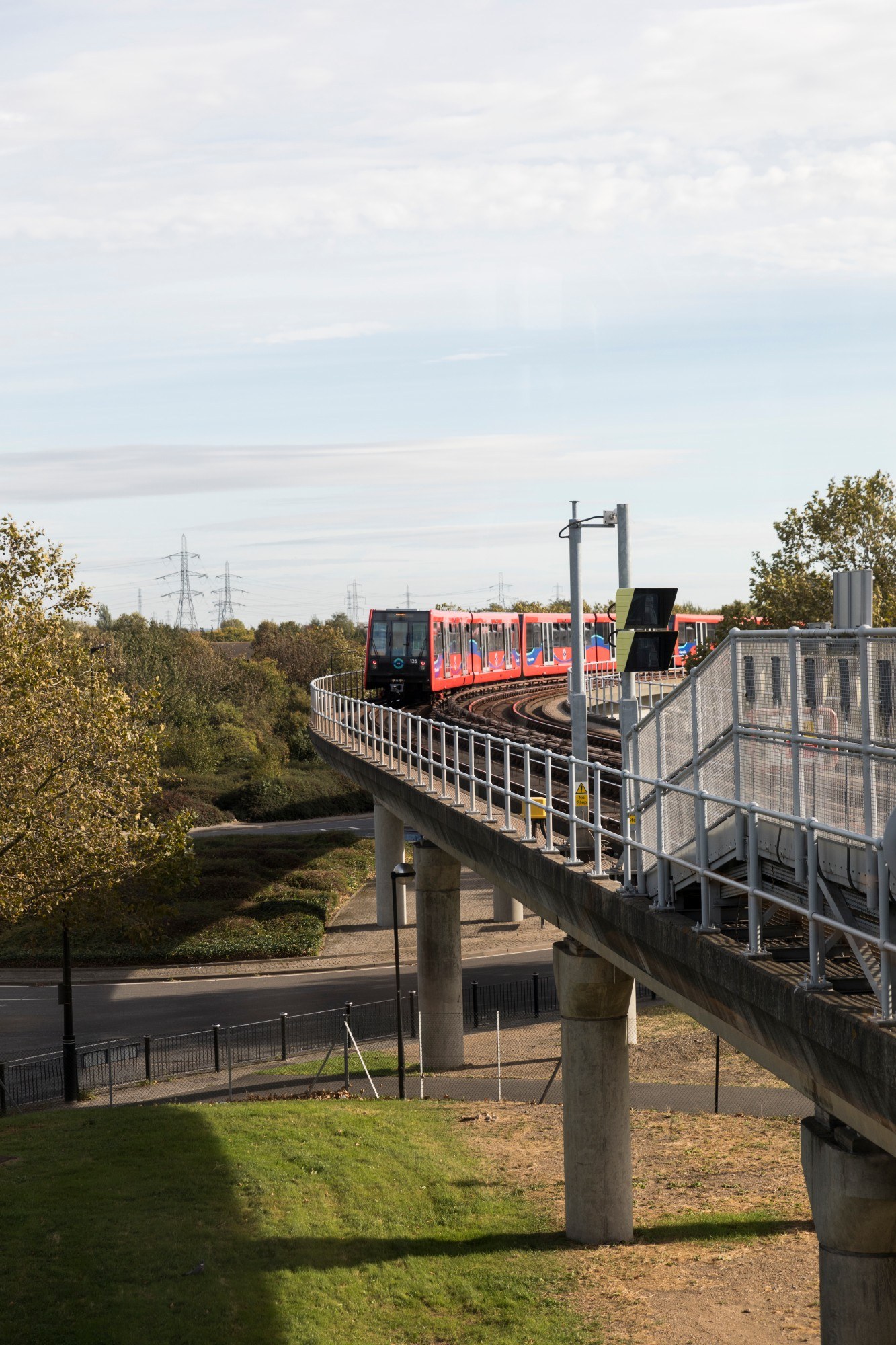
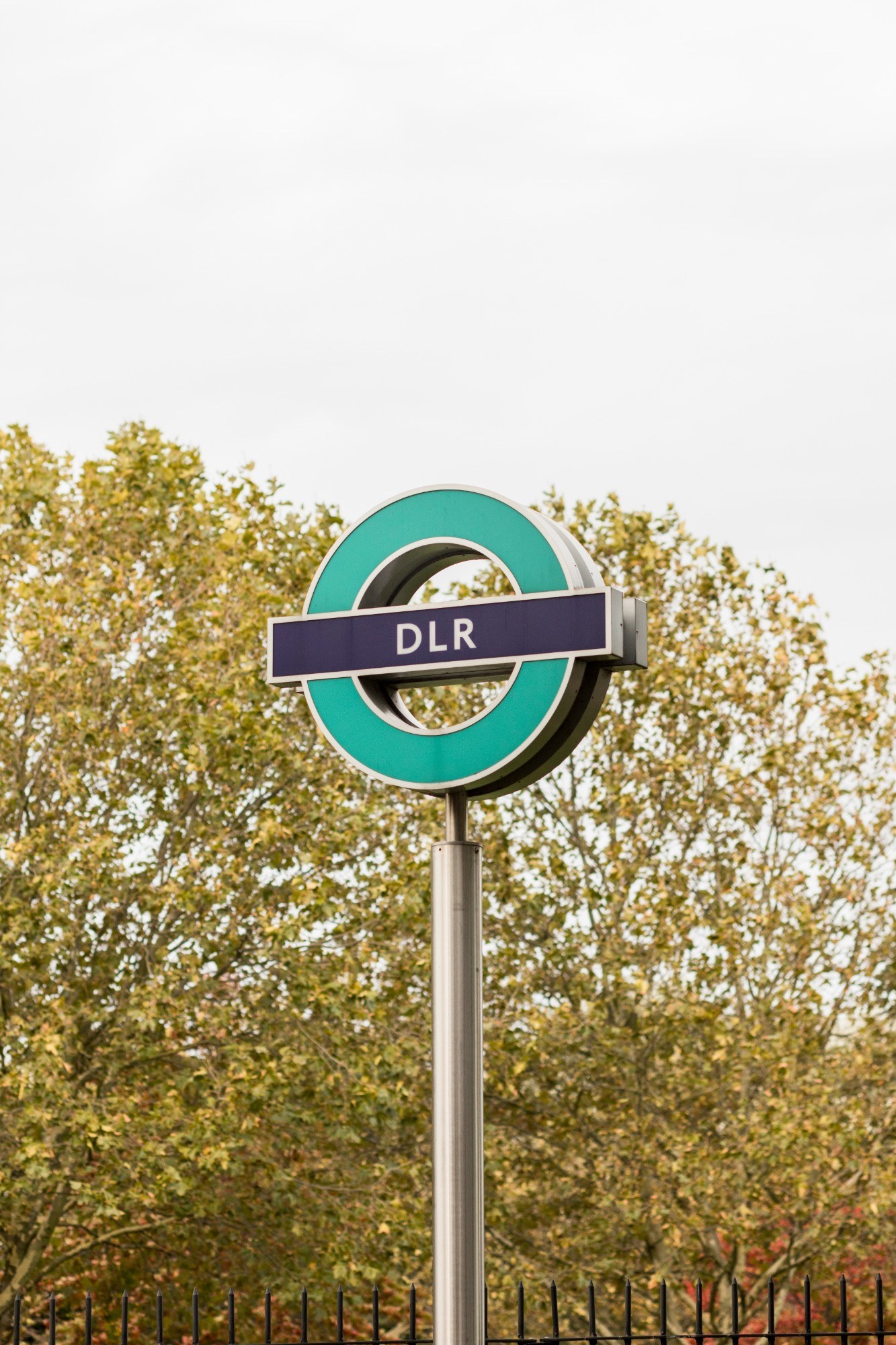
Royal Victoria
Hop off the DLR here at our western end, and you’ll find the Emirates Air Line cable car, the Crystal gardens and the Good Hotel. Royal Victoria Dock is the first of the three docks to be built – before this it was marshland. The grand adventure began with plans to establish a bigger and better dock than anything that had come before, and what better than to name it for the Queen. By 1860, the dock was already taking over 850,000 tons of shipping a year. This was truly London’s gateway to the world.
Thames Wharf
Next is a stop that’s not quite on the map yet: once finished, the newThames Wharf station will slot in between Canning Town and West Silvertown. The station has been safeguarded since 2005 so the name feels quite familiar by now, but it’s not actually native to the site – rather, it’s been suggested for previous stations in the area. There is no wharf named Thames per se, but the name reflects the Thames’ heritage of being rich with wharves, some of which are now being restored.
West Silvertown
Moving back east, this time on the southern branch of the DLR, this station locates you in the western half of Silvertown. The area takes its name from Samuel Winkworth’s silver factory that moved here in 1852. It was a fortunate choice: the factory made waterproof clothing, while its neighbours made fertilisers and chemicals – none of which would have made for good names – although the later arrival of Tate & Lyle could have seen us end up with Sugartown.
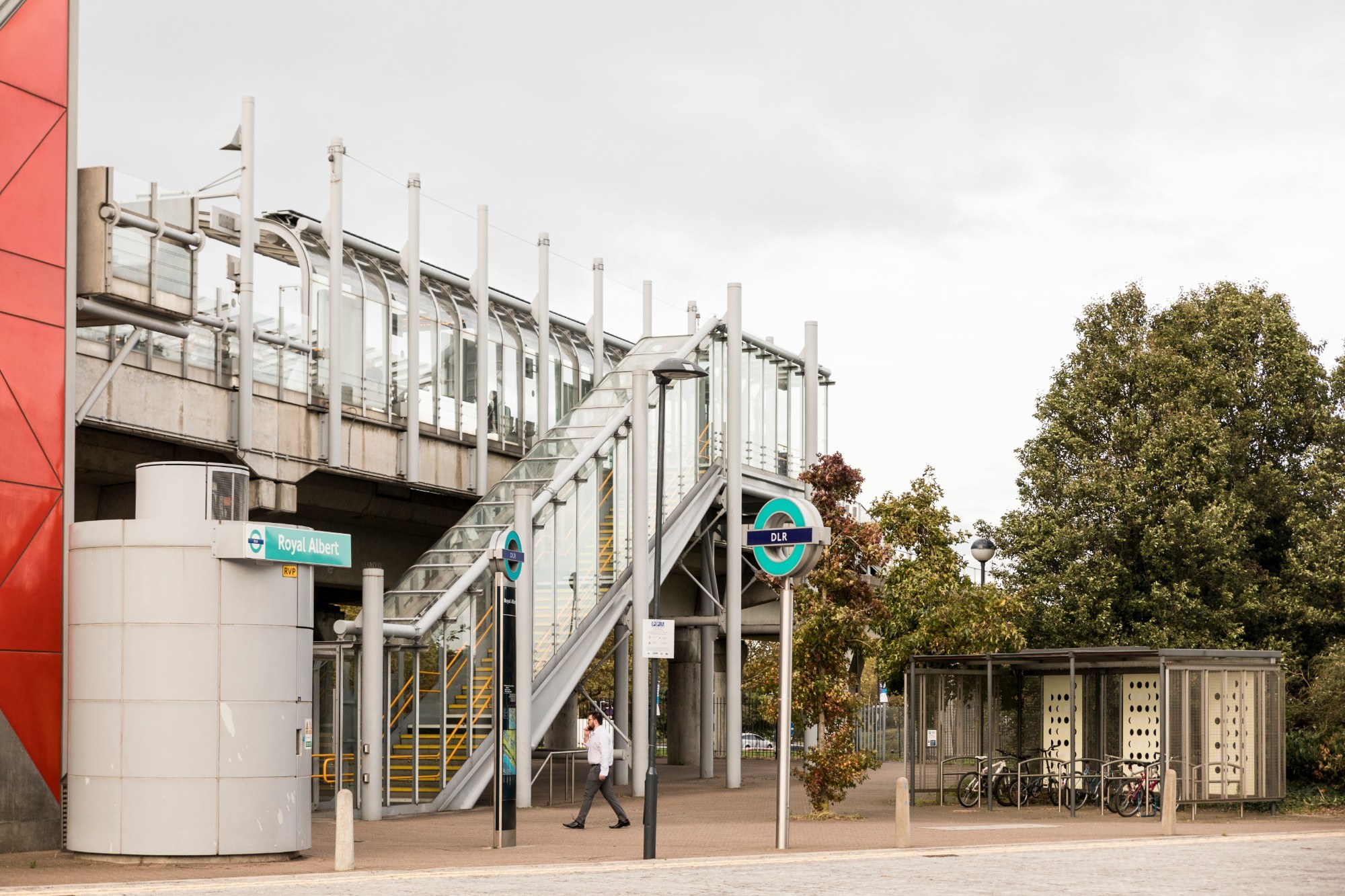
Royal Albert
This stop, and the second of the three docks, takes its name from Albert, Queen Victoria’s husband.
Pontoon Dock
A pontoon dock is a floating dock that rises and falls with the tides. Here, at what was called Victoria Graving Dock, vessels would be raised out of the water on pontoons using a system of hydraulic jacks, and then moved into one of four finger docks for repair. An alternative name for this station could have been Thames Barrier – the structure and the park both pre-date the station – but with the pontoons taking centre stage, we’ve all learned something.
London City Airport
The airport was there first, so this station named itself. This is the London airport that’s nearest the City of London, making it an airport for the city – it all checks out. Although City Airport was originally planned to be in Heron Quays, it was relocated to the Royal Docks to avoid being so close to the office towers. This decision changed East London history, the DLR station name least of all.
King George V
Finally, before the line crosses under the river and into Woolwich, you’ll find King George V stop in North Woolwich. This station is named for King George V Dock, the last of the three Royal Docks, itself named after the king at the time, Queen Elizabeth’s grandfather. On 8th July this year, it will be 100 years since the King George V dock was completed, a marvel of engineering which handled the biggest ocean liners of its day, including the 35,655-ton RMS Mauretania.
Do you know any hidden histories of how the DLR stations or other places in the Royal Docks got their names? Get in touch with your favourite local stories or find us on social media @YourRoyalDocks. Photos by Sam Bush and Tian Khee Siong.
